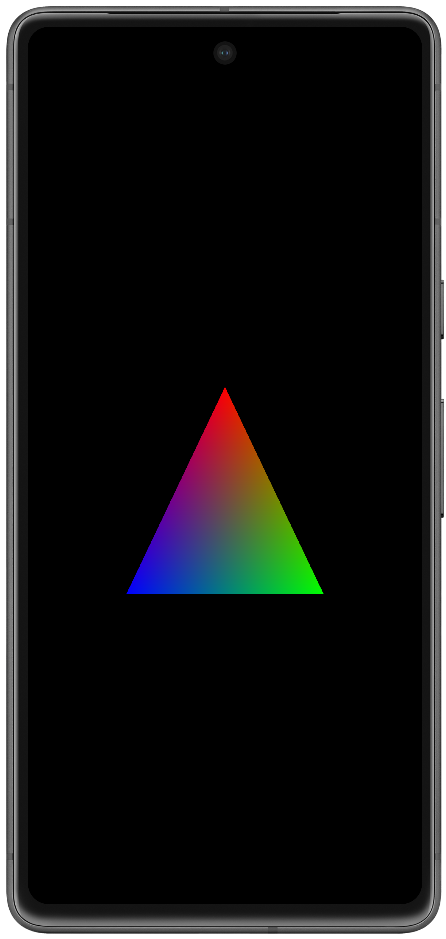Please note that the Android port is still in an experimental state. I just got the build script to successfully compile LLGL GLES3 for Android, but I actually haven't set up any deployment targets yet, i.e. no build script generates the APK package yet. Since the example projects include the android_main function, I presume a standard setup with the NativeActivity should be sufficient, i.e. one that doesn't require any Java code. For now I would have to refer you to the official Android NDK documentation and suggest you first manually link the *.so files from the Android example builds to a NativeActivity Android project.

Can you give me some tips about how to run the examples in Android? I want to deploy the LLGL to android but didn't find any relevant content.
I also have two questions: